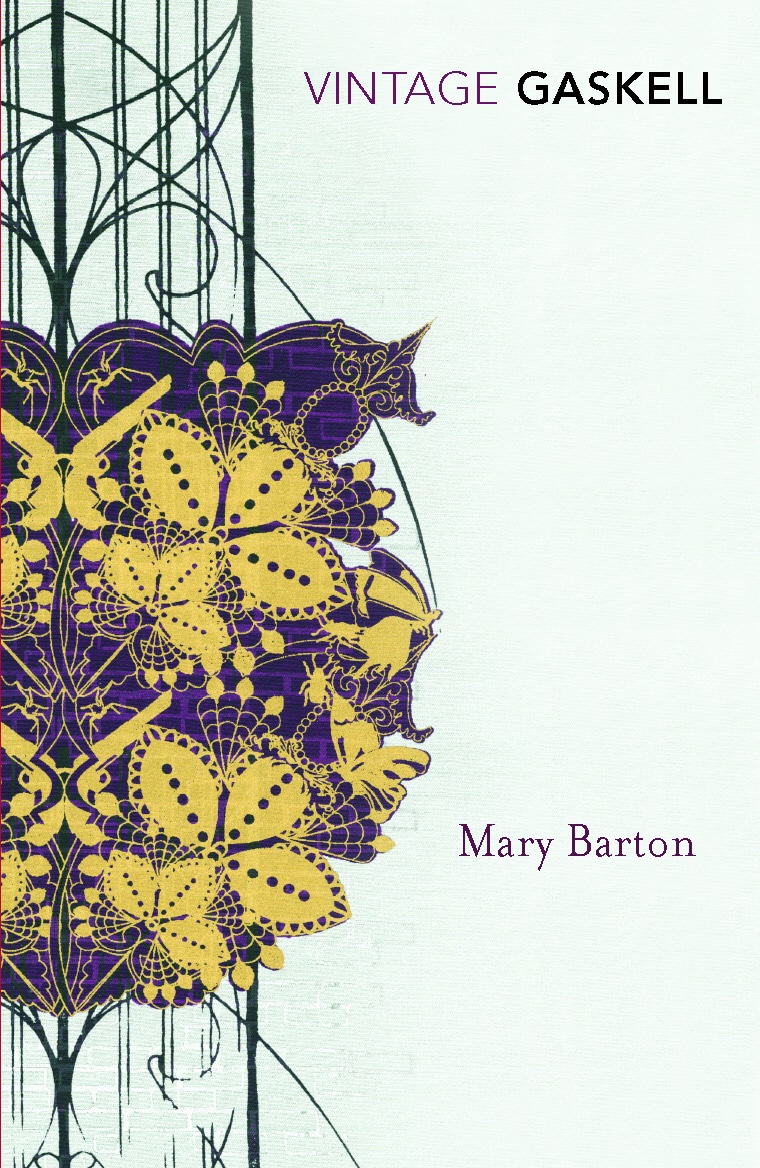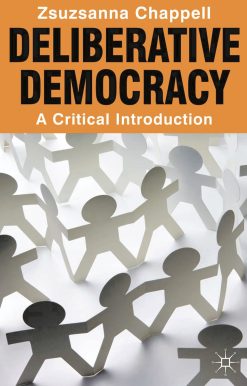Mary Barton
| by |
|---|
9.99 JOD
Jordan: Deliverable within 48 hours
International: Deliverable within 7 Days
Description
‘Gaskell’s shocking, moving and contemporary account of the corrosive effects of injustice and poverty’ Sunday Telegraph Mary Barton is the pretty daughter of a factory worker who finds herself dreaming of a better life when the mill-owner’s charming son, Henry, starts to court her. She rejects her childhood friend Jem’s affections in the hope of marrying Henry and escaping from the hard and bitter life that is the fate of the workers, who are resentfully dependent on the callous mill-owners for their livelihoods. But when Henry is shot dead in the street Jem becomes the prime suspect and Mary finds her loyalties tested to the limit.
Additional information
| Weight | 0.345 kg |
|---|---|
| Dimensions | 2.9 × 12.9 × 19.7 cm |
| by | |
| Format | Paperback |
| Language | |
| Pages | 496 |
| Publisher | |
| Year Published | 2008-3-6 |
| Imprint | |
| Publication City/Country | London, United Kingdom |
| ISBN 10 | 0099511479 |
| About The Author | Elizabeth Gaskell was born on 29 September 1810 in London. She was brought up in Knutsford, Cheshire by her aunt after her mother died when she was two years old. In 1832 she married William Gaskell, who was a Unitarian minister like her father. After their marriage they lived in Manchester with their children. Elizabeth Gaskell published her first novel, Mary Barton, in 1848 to great success. She went on to publish much of her work in Charles Dickens's magazines, Household Words and All the Year Round. Along with short stories and a biography of Charlotte Brontë, she published five more novels including North and South (1855) and Wives and Daughters (1866). Wives and Daughters is unfinished as Elizabeth Gaskell died suddenly of heart failure on 12 November 1865. |
A story of scandal, class conflict and bitter rivalry |
|
| Other text | Mary Barton is the first and arguably the finest of them. In it, early trade-union radicalism and competition between old industrial methods and new is the background to a powerful, often heartbreaking depiction of real rather than ideal Victorian family life |
Only logged in customers who have purchased this product may leave a review.
Related products
-
On backorder 2-5 Weeks to Arrive
120.00 JOD -
On backorder 2-5 Weeks to Arrive
37.99 JOD -
On backorder 2-5 Weeks to Arrive
100.00 JOD -
On backorder 2-5 Weeks to Arrive
36.99 JOD






Reviews
There are no reviews yet.